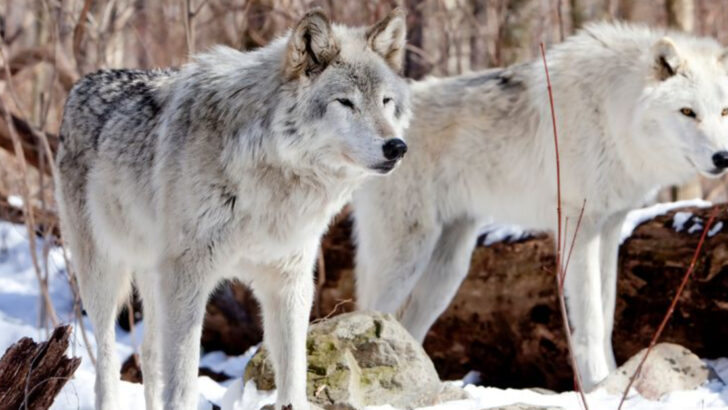Some wolves don’t just howl—they thunder. These are the titans of the wild, the biggest and baddest canines to ever stalk the snow. With jaws strong enough to snap bone and bodies built for the hunt, these wolves aren’t chasing rabbits—they’re taking down moose. They roam the remote edges of Alaska, Siberia, and the Canadian tundra. Hidden from most eyes, they thrive in brutal cold, running in packs that move like shadows and strike like storms. If you thought wolves were lean and wiry forest ghosts, think again. These beasts are muscle, mass, and pure wilderness power.
Mackenzie Valley Wolf (Canis lupus occidentalis)
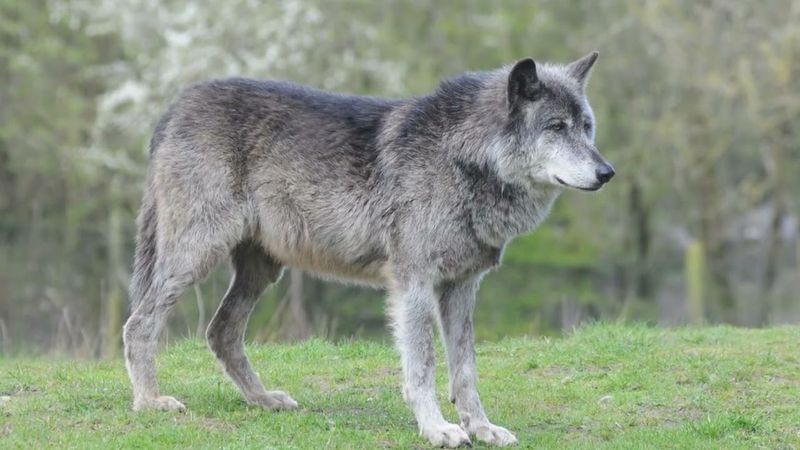
Known for its impressive size, the Mackenzie Valley Wolf can weigh up to 175 lbs, making it the heaviest wolf in the world. Roaming across Alaska, western Canada, and the northern U.S. Rockies, these wolves are built for power and endurance. With a muscular frame and thick coat, they are adept at hunting large prey like moose and bison. Their pack dynamics are fascinating, showcasing complex social structures. These wolves are essential to the ecosystem, controlling prey populations. The Mackenzie Valley Wolf exemplifies nature’s raw strength and resilience in every stride it takes.
Interior Alaskan Wolf (Canis lupus pambasileus)
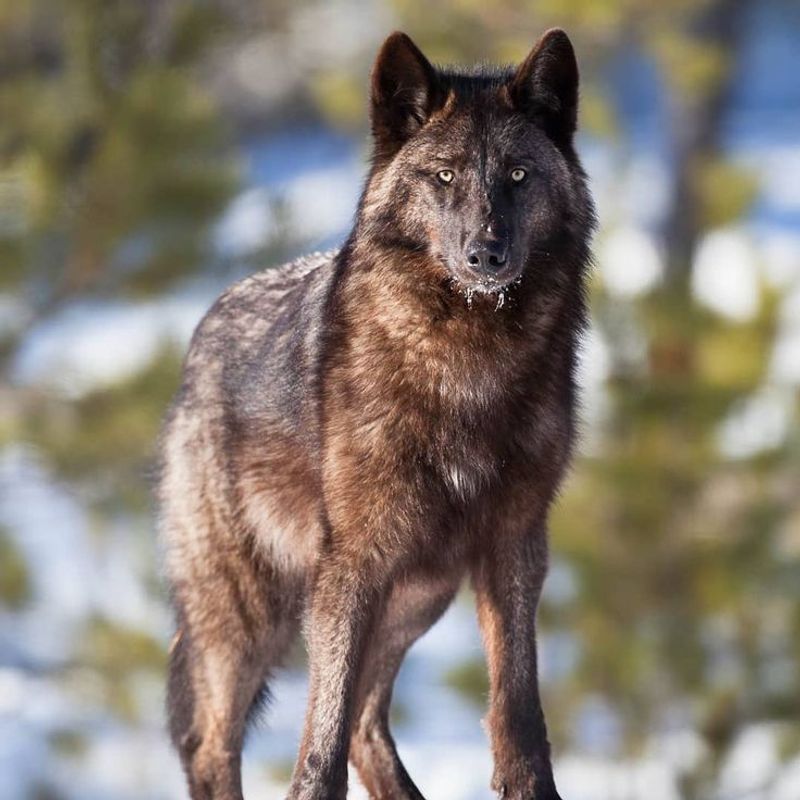
The Interior Alaskan Wolf is a master of survival, thriving in the freezing temperatures of central and interior Alaska and the Yukon. Weighing between 90 to 130 lbs, this wolf is nearly as large as the Mackenzie Valley Wolf. Its robust build and dense fur are perfectly suited for navigating deep snow in search of prey. These wolves often overlap territories with Mackenzie Valley Wolves, sharing similar hunting grounds. Their adaptability and strong pack bonds enable them to endure harsh conditions. This subspecies stands as a testament to the resilience of Arctic wildlife.
Eurasian Wolf (Canis lupus lupus)
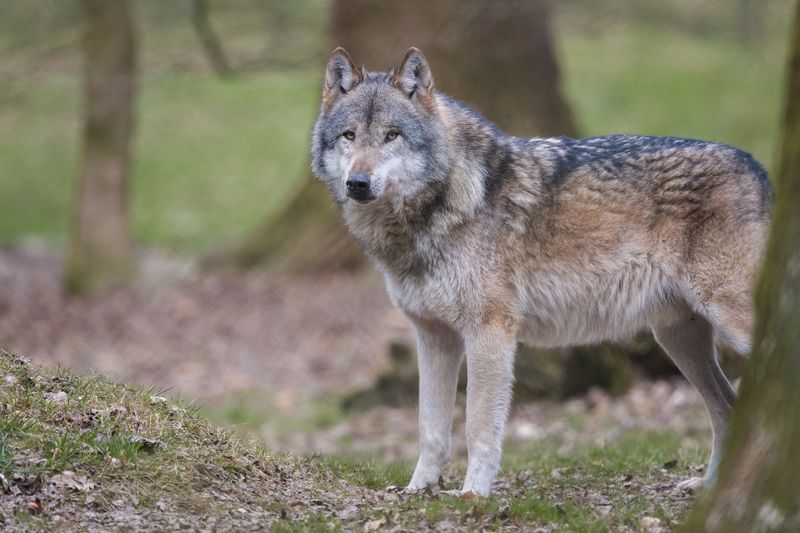
The Eurasian Wolf, ranging across Europe, Russia, and Central Asia, is one of the most widespread subspecies. Averaging between 70 to 130 lbs, these wolves are known for their lean, agile bodies. In Russia, some individuals grow particularly large, adapted to diverse environments from dense forests to open steppes. Their social structures are intricate, often forming packs that exhibit strong familial bonds. The Eurasian Wolf’s adaptability has allowed it to survive various climates and human encroachment over centuries. This wolf embodies the spirit of versatility and persistence.
Hudson Bay Wolf (Canis lupus hudsonicus)
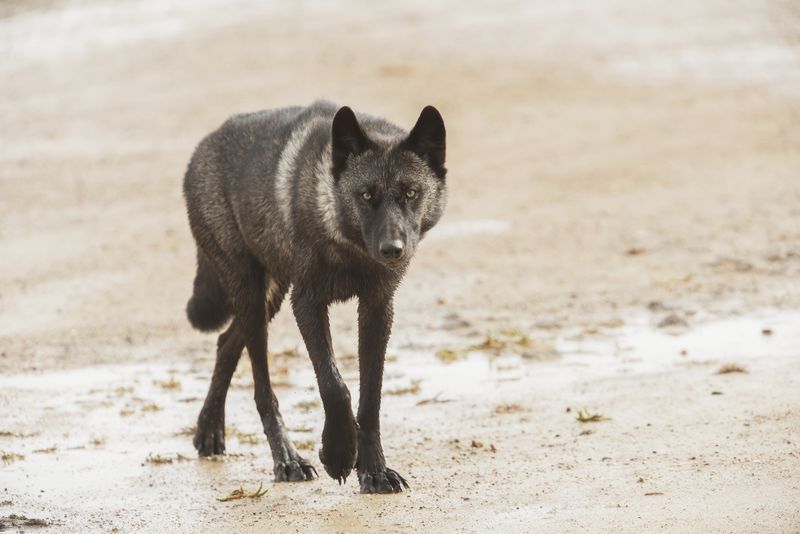
Large and long-legged, the Hudson Bay Wolf thrives in the Arctic regions of Canada. Weighing between 85 to 115 lbs, this wolf is well-adapted to the open tundra. Its elongated limbs enable efficient travel across vast, snowy landscapes in pursuit of caribou and Arctic hares. The Hudson Bay Wolf’s social behavior is notable, often forming close-knit packs that cooperate in hunting and rearing young. Its ability to thrive in such an inhospitable environment underscores its adaptability and strength. This wolf is a true Arctic survivor, resilient against the odds.
Tundra Wolf (Canis lupus albus)
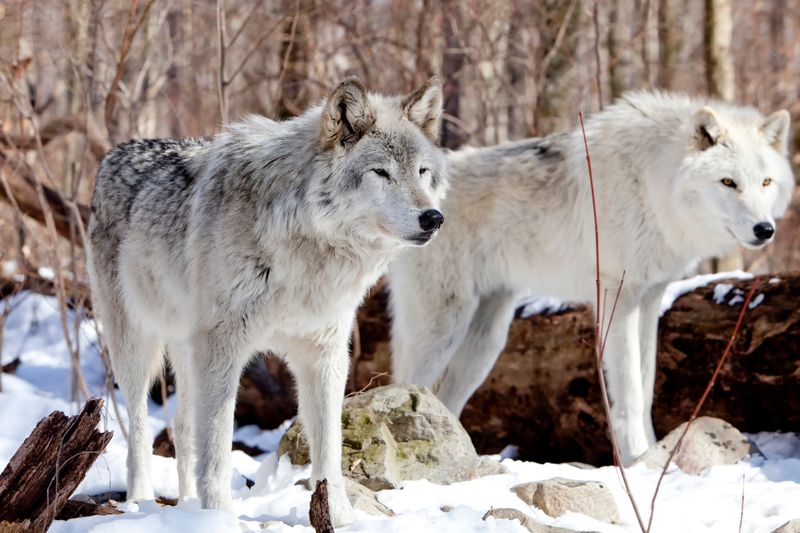
The Tundra Wolf, inhabiting northern Russia and Siberia, is known for its thick, insulating coat, perfectly adapted to frigid temperatures. Weighing between 90 to 120 lbs, these wolves roam the endless snowy plains in search of prey. Their pack structures are complex, ensuring efficient hunting and survival in harsh climates. The Tundra Wolf’s keen senses and endurance make it one of the largest and most formidable predators in Eurasia. Its ability to navigate and thrive in such extreme conditions showcases the extraordinary adaptability of this remarkable subspecies.

